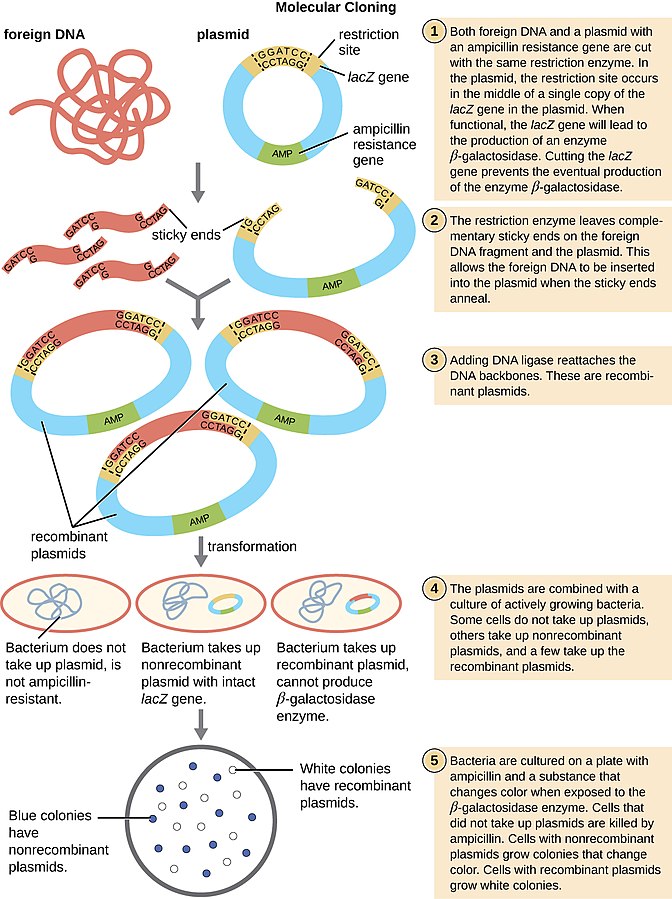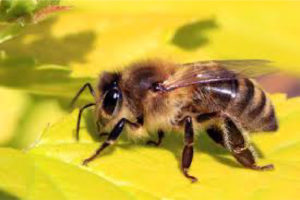Everyone in the modern age understands the importance of honeybees in both the world of human agriculture as well as the wider environment. A main role these bees fulfill is pollination. In U.S. agriculture, the financial value of bees is ~$20 billion annually. Many factors can impact bee mortality such as exposure to pesticides, temperature, food availability, and disease. This winter’s bee mortality was alarmingly high (in line with all 2020 calamities). Even if catastrophic crop failure does not convince us of the value of bees, they also offer a variety of inherently valuable properties for scientific study. They are one of the simplest model organisms through which to study social behavior in a very controlled lab setting. Additionally, their gut microbiome (or ecosystem) consists of only around 6 species that are preserved between colonies, and because of their social interaction, the spread of the bacteria between individuals is similar to humans. The small number of bacteria and the way they spread can afford an understanding of complex interactions between a few bacterial species and frame the investigation of the more complex human gut microbiome. Microbiomes have been shown to play a role in several human ailments in ranging from colitis to allergic responses, and research in this area represents a major topic in the National Institute for Healths interests.
Decades of entomology, molecular biology, and genetics have offered a new, potentially permanent, solution in the form of designer probiotics to combat bee disease. “Sure, great, some really good yogurt will help bees shake an endemic plague off” is maybe what you’re thinking. But designer probiotics aren’t just your everyday jug of kefir. They describe the targeted manipulation of, usually bacterial, genes to do something that can promote health. Using a bacteria that lives in bee guts naturally, researchers manipulated its genome so that it produced specific units of double stranded RNA, a form of genetic material that gets transformed into proteins. The RNA produced by the probiotic bacteria resembles vital RNA to a pathogenic virus and Varroa destructor, a mite which was identified as the major source of bee mortality in wintering broods. The RNA that these engineered bacteria produce function in some ways as a vaccine that can spread between individuals. The double stranded RNA is recognized by the bee immune system and destroyed so that the proteins of pathogens cannot be produced as effectively. In this way, vital RNA for the mite and virus can be targeted by the bee immune system very specifically. While all of their RNA is being diced up by the bees’ immune systems, the mites continue drinking the poison produced in the bees’ hemolymph (the blood and lymph mixture insects circulate through their body). In a virus’s case, RNA is responsible for making the proteins that allow viral reproduction. After the probiotics have alerted the bee immune system to the foreign RNA of a specific virus, the cell a virus has infected becomes less hospitable, making viral replication more difficult and improving the odds a bee survives.
Scientists manipulated the bacterial genome through plasmid molecular cloning. Plasmids are small rings of DNA within bacteria that can often be transferred between individuals. Plasmids’ small size lowers the complexity of making them so that scientists can put almost any gene in a plasmid and force the bacteria to make a particular protein. (The interested reader is directed here for a simple overview of cloning) With manipulated bacteria in hand, you have a designer probiotic. Designer probiotics have been studied for a variety of human disease therapies but have not found medical use. Thus, their use to treat bee colonies for both viral and parasitic mite infections mentioned above is a benchmark for this technology. In the future, this may be the first application of designer probiotics to be commercialized (or introduced to general use outside of a research setting).

This type of disease control is interesting for several reasons. Firstly, it can be fine-tuned to limit side effects on the bees by changing the plasmid design mentioned above. What’s more, this therapy would be difficult for pathogens to develop resistance to because it can target fundamental molecular pathways for survival. Perhaps the most convenient aspect of the therapy is the capacity for persistent and widespread treatment. From bee social behavior, the engineered bacteria can spread from bee to bee. The bacteria could even potentially spread to bees outside of dosed colonies, if queens were raised in dosed colonies. The induced effect could last the whole lifetime of the bee, depending on the survivability of the engineered bacteria, again effectively vaccinating bees against certain parasites. The scientists that investigated this approach to combating honeybee colony collapse found the bacteria were persistent for at least two weeks, which is an improvement from a diet-based drug treatment used previously. Additionally, the survival of bees directly injected with virus was roughly doubled, when comparing bees with engineered bacteria to those without. The bees not only showed a higher survival rate, but mites feeding off bees that contained these probiotics had a mortality rate of 75% compared to 40% without probiotics, demonstrating that this therapy could be used for pest treatment as well as disease management.
In my opinion, this form of therapy should be used cautiously because of the potential it has to spread between individuals and the off-target effects it may cause. Indeed, treating bees with engineered bacteria that live in their guts for a prolonged period could be used to change bee development as well with different bacterial modification. The same study that investigated treating bee pathogens explored using a different probiotic bacteria to produce a molecule linked to changes in bee behavior rather than a trigger for the immune system. They found they were able to produce this insulin-like molecule within bees which had been previously linked to behavioral changes in small colonies. This opens an interesting door of both scientific exploration and public concern, if such intentional behavioral changes could be permanently induced using one’s own gut bacteria. Of course, new forms of medicine demand caution, but the use of probiotics in therapy is a new avenue in medicine that also demands exploration. The possibilities are immense. Not only in the types of drugs that could be accessed as medicine (as complex biomolecules can be difficult to manufacture) but also in the mechanism of their delivery, such as targeted release within the body. Seeing designer probiotics used to combat bee pathogens foreshadows a bright future for this form of medicine. A future, hopefully, full of bees.

Peer Edited by Breanna Turman and Caitlyn Molloy